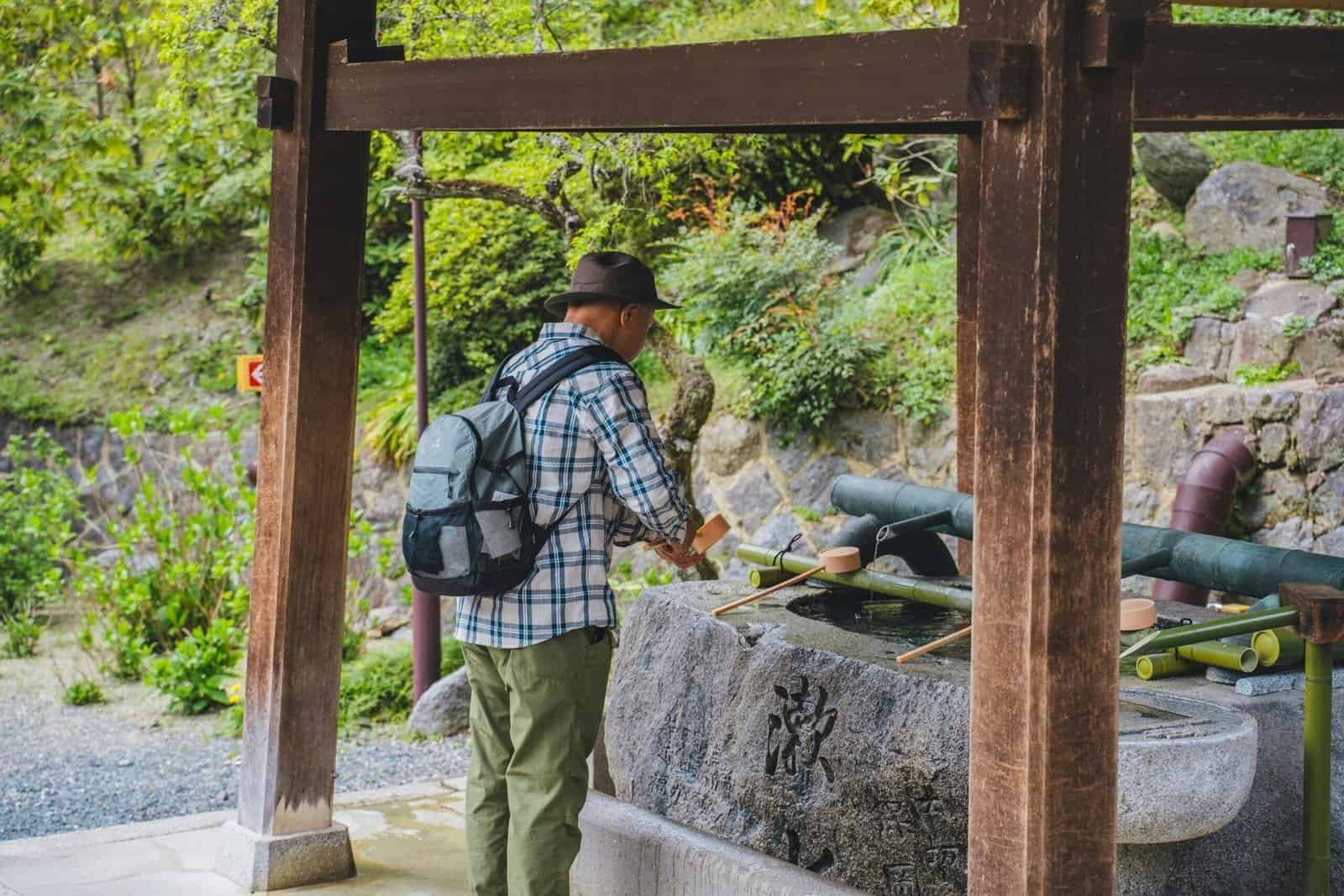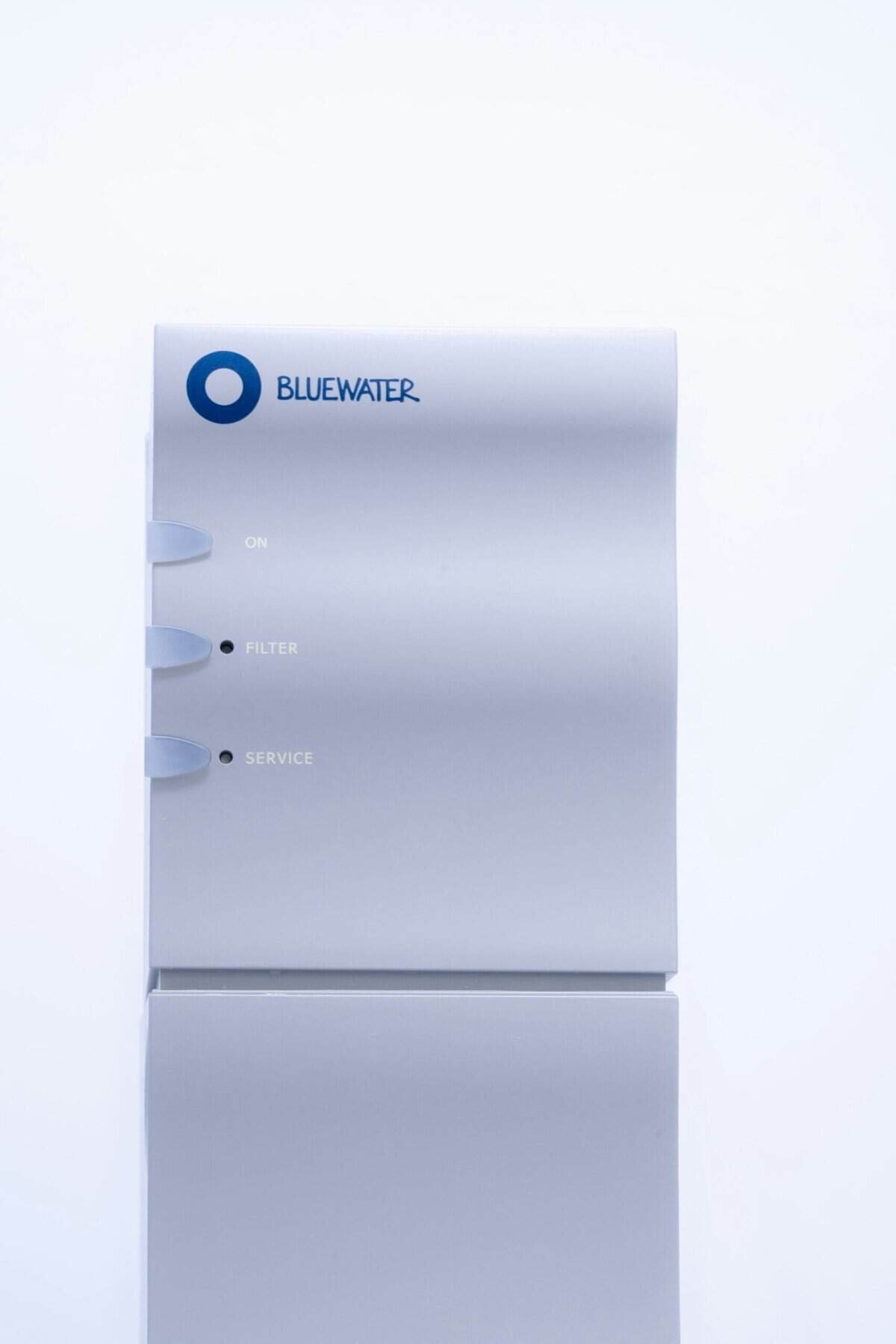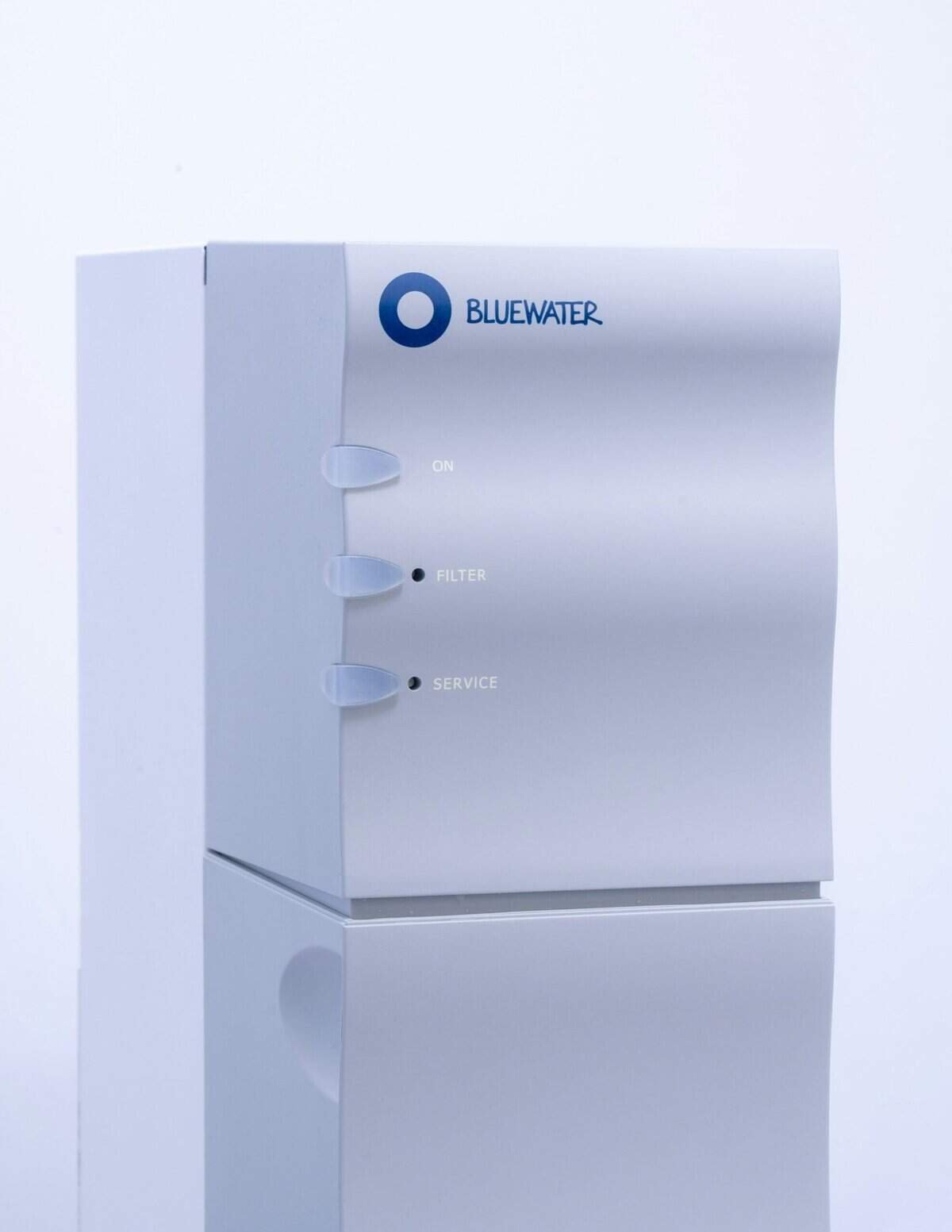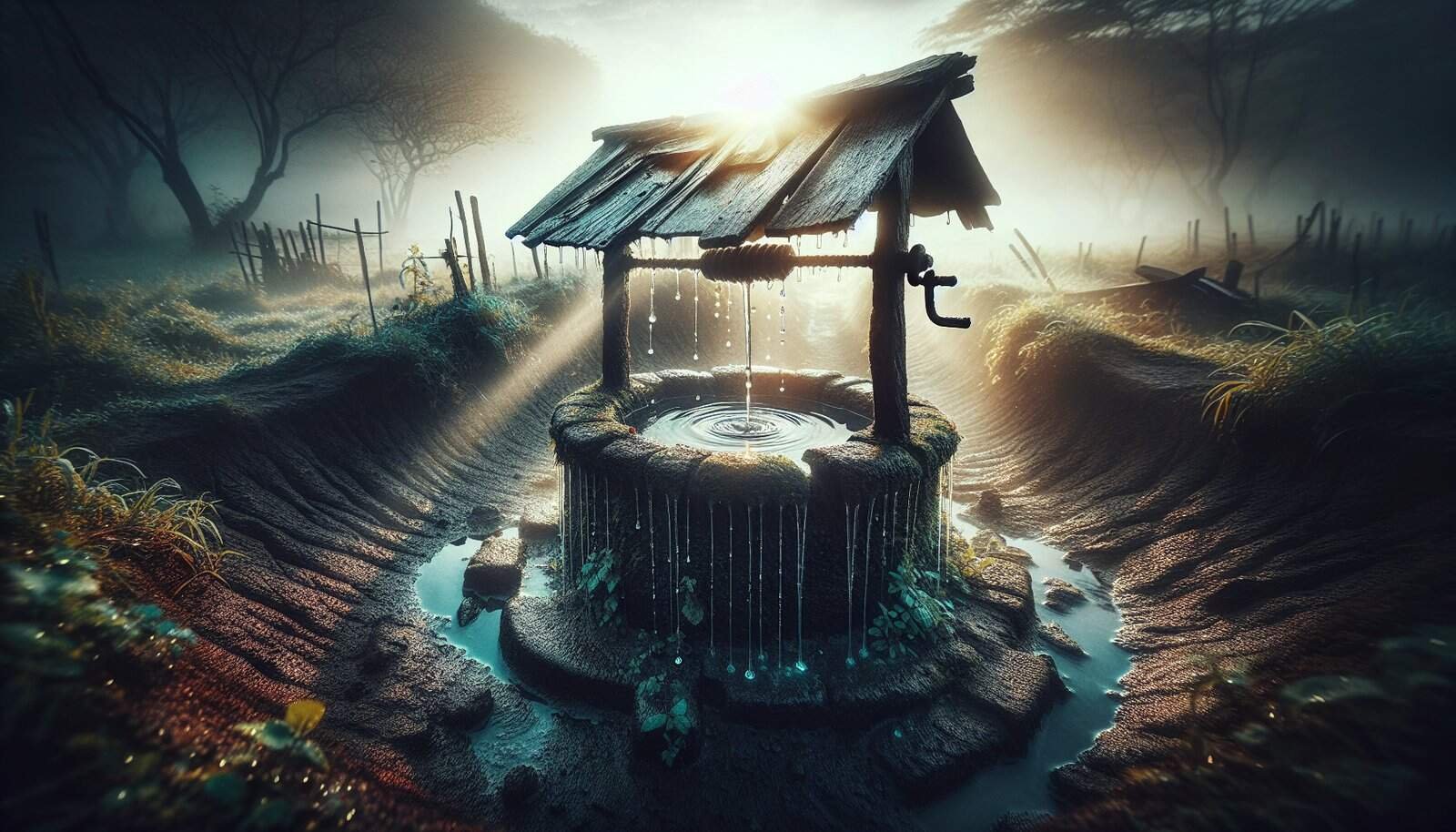Have you recently experienced a flood or contamination event and are now wondering how to ensure that your well water is safe to use? It’s an important concern that many well owners face, especially after extreme weather events. Let’s guide you through the process of disinfecting your well to help keep your water supply clean and safe for consumption.

Understanding Well Contamination
Mother Nature can be unpredictable, and sometimes she brings along some uninvited guests – like bacteria and debris. When a flood occurs, your well can become a breeding ground for contaminants. This is why it’s crucial to be proactive and understand what contamination means for your well water.
What Causes Well Contamination?
Wells can become contaminated through several avenues. Surface water can enter your well during a flood, introducing bacteria and pollutants. Other common causes include agricultural runoff, improperly disposed chemicals, or even naturally occurring impurities. Identifying the source of contamination is the first step in tackling the problem.
Identifying Signs of Contamination
You might wonder how to tell if your well is contaminated. Changes in taste, color, and odor are often the first indicators. If your water appears murky or emits a strange smell, it’s time to take a closer look. Even if there are no visible changes, it’s wise to conduct regular testing, especially after adverse weather conditions.
Steps to Disinfect Your Well
Now that you’re aware of potential issues, let’s walk through the disinfection process. Before beginning, ensure that your well’s construction can handle the measures to be taken, as well as the safety of everyone involved.
Step 1: Test Your Water
The first step after suspecting contamination is to confirm the presence of bacteria or other pollutants. Testing your water will give you a clear picture of the contaminants present and help you choose the appropriate remedy.
How to Take a Water Sample
It’s important to collect a precise sample for accurate results. Here’s a quick guide to help make sure your sample is reliable:
| Task | Steps |
|---|---|
| Preparation | Wash your hands with soap and water. Use sanitized containers—obtained from a lab—for your sample. |
| Collection Point | Use a tap closest to the well pump. Avoid hose bibs as they may introduce external contaminants. |
| Flushing and Collection | Run cold water for a few minutes to purge the system. Fill the container directly without touching the inside to avoid contamination. |
| Storage and Delivery | Seal the container and store it in a cool place. Transport the sample to the testing lab promptly to avoid degradation. |
Step 2: Consult a Professional
Once you receive your water test results, consult a water treatment professional. They can provide insights into the contaminants identified and recommend the appropriate level of treatment. They may even suggest well repairs if structural issues are contributing to contamination.
Step 3: Shock Chlorination
Shock chlorination is the most common method for disinfecting wells. It involves adding a high concentration of chlorine to the water to kill bacteria and pathogens.
How to Perform Shock Chlorination
Here’s a simplified breakdown of the process:
- Calculate the Volume: Determine the total volume of water in your well. This will help you figure out how much chlorine is needed.
- Prepare Chlorine Solution: Use bleach containing 5.25–8.25% sodium hypochlorite. Calculate the amount needed based on your well’s volume.
- Distribute Chlorine: Pour the chlorine solution into the well. Use a hose to recirculate and distribute it throughout the well.
- Let It Set: Allow the chlorine to stay in the system for a minimum of 6-12 hours, usually overnight. Avoid using water during this period.
- Flush the System: After the waiting period, run the water from all taps until the chlorine odor disappears. This usually takes several hours.
Step 4: Retest Your Water
After disinfection, retest your water to ensure any contaminants have been removed. Continue testing periodically to ensure ongoing water safety.

General Well Maintenance Tips
Disinfecting your well is key after a contamination event, but regular maintenance is crucial for preventing future issues. Here are some practices to follow:
Regular Inspections
Schedule annual inspections to monitor the condition of your well. Check the casing for cracks, ensure the well cap is intact and secure, and look for any other signs of wear or damage.
Water Quality Monitoring
Even without any immediate concerns, it’s wise to test your water for common contaminants such as bacteria, nitrates, and pH levels at least once a year. This is especially important if you notice any changes in water quality.
Environmental Protection
Keep potential contaminants away from your well. This includes ensuring proper chemical storage and disposal, as well as controlling surface runoff through landscaping.

Understanding the Importance of Well Water Safety
Keeping your well water safe is not just about safeguarding your health; it’s about peace of mind. Understanding what lurks in untreated water can put into perspective the importance of regular maintenance and prompt action during emergencies.
Health Risks Associated with Contaminated Water
Contaminated well water can expose you to pathogens that cause illnesses like gastrointestinal upset, and can exacerbate existing health conditions. Especially vulnerable are children, the elderly, and those with weakened immune systems.
Proactive Measures for Long-term Safety
Beyond reactive measures like disinfection, being proactive can save you a lot of potential trouble. This includes investing in a water filtration system for added protection and participating in community awareness about protecting communal water sources.

Conclusion
After surviving a flood or any event that risks your well’s water safety, taking the necessary steps to ensure your water is clean and safe for consumption can truly transform peace of mind. By following the laid-out steps and understanding when to seek professional help, you can ensure water safety for you and your family. Remember, a little effort today can save considerable worry and hassle down the line.

